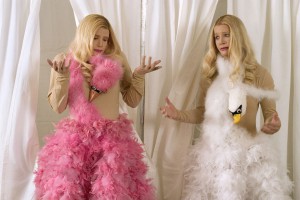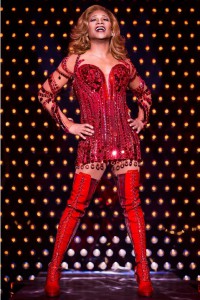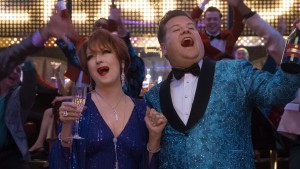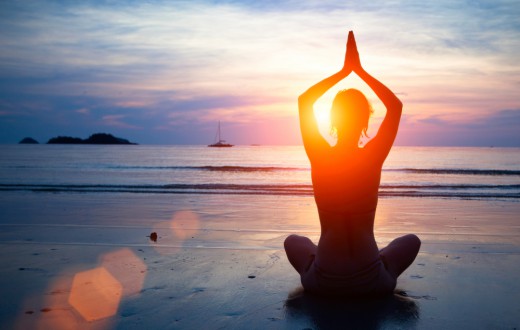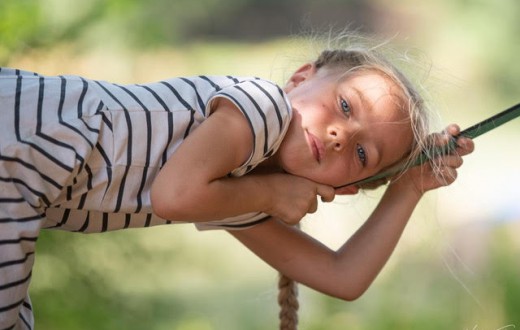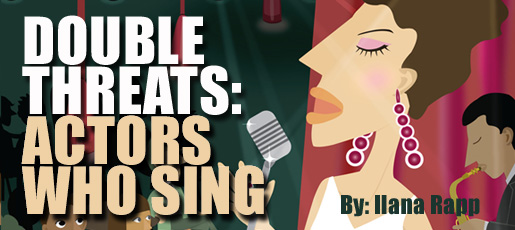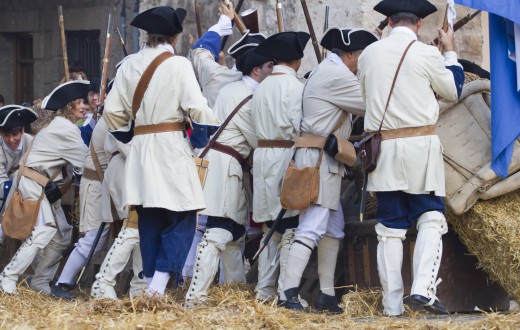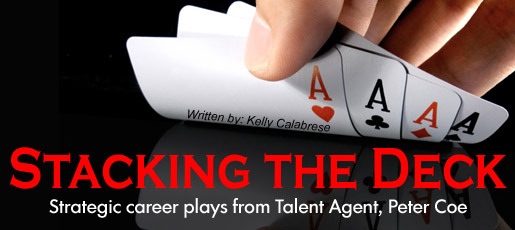Drag acting is a form of performance art that involves performers, often members of the LGBTQ+ community, dressing up in exaggerated costumes and makeup to portray characters of a different gender or identity. While drag acting has long been a part of LGBTQ+ culture, it has gained mainstream popularity in recent years.
At its core, drag acting is about challenging traditional gender roles and expectations. Drag performers often use their art to express themselves and their identities in ways that might not be accepted in mainstream society. By donning exaggerated costumes and makeup, they can explore different aspects of their personalities and present themselves in ways that they might not be able to in their daily lives.
One of the most fascinating aspects of drag acting is its versatility. Drag performers can take on a wide range of characters, from comedic to dramatic, and everything in between. They might lip-sync to popular songs, perform elaborate dance routines, or deliver monologues or comedy sketches. Many drag performers have become skilled actors in their own right, using their performances to tell complex stories and explore important social issues.
While drag acting can be seen as a form of escapism or entertainment, it also has a political dimension. Many drag performers use their art to advocate for LGBTQ+ rights and to challenge social norms around gender and identity. They might perform at LGBTQ+ events or use their platform to speak out against discrimination and injustice. By breaking down barriers and challenging stereotypes, drag performers play an important role in promoting acceptance and inclusion for all.
Of course, drag acting is not without controversy. Some critics argue that it reinforces harmful stereotypes or that it is a form of appropriation. Others have criticized the mainstreaming of drag, arguing that it has lost its edge and become too commercialized. However, for many performers and fans, drag acting remains a vital part of LGBTQ+ culture and an important tool for self-expression and activism.
Marlon Wayans and Shawn Wayans in White Chicks
Mainstream Actors Who’ve Performed in Drag
Perhaps one of the most famous drag performances was by Robin Williams in the 1993 film Mrs. Doubtfire. Williams played a divorced father who pretends to be an elderly Scottish nanny in order to spend time with his children. The film was a critical and commercial success and is still beloved today. Another iconic performance was by Dustin Hoffman in the 1982 movie Tootsie, where he played an out-of-work actor who disguises himself as a woman to land a role on a soap opera.
Going full circle back to Robin Williams, he was also in a film called The Birdcage, which was adapted from the play La Cage aux Folles. Williams didn’t dress in drag for this film, but Nathan Lane and Gene Hackman sure did!
And as another flashback, we cannot forget Tom Hanks and Peter Scolari in the 1980s TV series, Bosom Buddies, where they dressed in drag to gain living arrangements in an all female building (because the rent was cheap!)
As you can see, drag has been in film and television for a long time. Even actors such as Tyler Perry, the cast of Kids in the Hall, Jack Lemmon, Tony Curtis, Flip Wilson, Tim Curry, Divine, John Travolta, Martin Lawrence, Wesley Snipes, John Leguizamo, Patrick Swayze, Eddie Murphy, RuPaul, John Cameron Mitchell, Marlon Wayans, Shawn Wayans and Christopher Walken. The list goes on and on.
Billy Porter in Kinky Boots
Drag on Broadway
Kinky Boots, a musical with the score by Cyndi Lauper, debuted on Broadway in 2013 and won six Tony Awards. Starring Billy Porter as Lola, the show was so popular that after it closed in 2019, it kicked off its Off-Broadway revival.
So where does this all fit in to acting? Can performers who specialize in this style of performance still be considered actors?
At its core, drag is all about character work. Whether they’re embodying a fictional creation or channeling real-life celebrities and icons, drag performers must fully commit to their roles in order to sell them effectively. This requires not only strong acting skills but also an ability to improvise on the spot and engage with audience members.
Furthermore, many successful drag performers have backgrounds in other forms of performing arts such as theater or dance.
Why You Should Consider Drag Roles
If you’ve ever been unsure of taking on a role, this is the time to re-consider. Fear of stigma or being typecast used to be a thing, but now actors are able to push limits to the next level.
Besides being entertaining (that’s what it’s all about, right?), playing a drag queen allows you to challenge yourself creatively by exploring different aspects of your character’s personality. A drag performance can involve elaborate costumes and makeup which require careful attention to detail so as not to appear exaggerated or stereotypical. Portraying a drag queen helps break gender norms and stereotypes in popular media. Shall I go on? Okay, I will…
Acting in drag can be incredibly empowering for performers. It takes courage and confidence to step outside of one’s comfort zone and embrace a new persona onstage or on camera. This newfound sense of empowerment can translate into other areas of an actor’s life as well. Roles in drag often provide opportunities for comedic performances – so if you’ve been looking to break into comedy, this might be the area to start!
Is drag a challenge from traditional acting conventions? You bet it is! And that’s why you’re an actor. 
Meryl Streep and James Corden in The Prom
Bonus Fun Video:
I know I talk a lot about Meryl Streep, but it’s impossible to hold back, especially when 11 drag queens lip sync the song “It’s Not About Me” which Meryl sang in the 2020 film The Prom. These drag queens dress up as different characters that Meryl has played over the years.
Here’s Meryl Streep’s version in The Prom.
And here’s the drag queens’ version. Enjoy!


